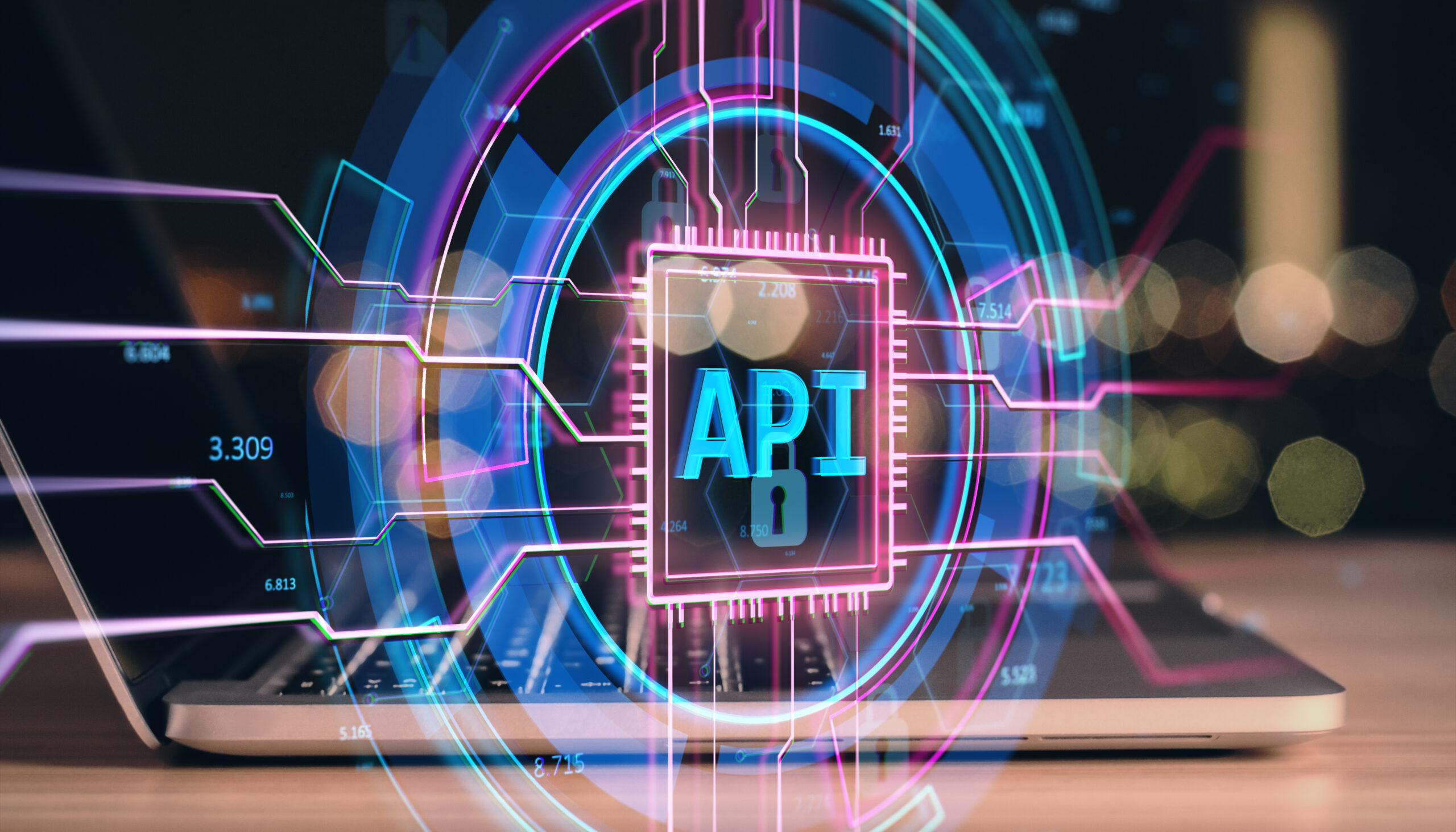
Mainframes are the foundation of global commerce, processing most of the world’s transactions and holding core business logic. They are reliable, secure, and incredibly powerful. But that very success presents a challenge: how do you integrate these mission-critical systems with the modern digital services customers and partners now expect?
The typical approach—a full replacement or risky migration—is often prohibitively expensive, takes years, and carries a high probability of failure. The goal of software modernization shouldn’t be to eliminate the mainframe; it should be to maximize its value. This is where an API-first strategy comes in, offering a direct, non-disruptive path to reuse and rejuvenate your most vital assets.
Table of Contents
Mainframes: The Value Proposition That Still Holds
While much of the IT world has shifted to cloud and distributed architectures, the mainframe remains dominant in sectors like finance, insurance, and government. Research from IBM indicates that mainframes manage approximately 71% of all Fortune 500 data and handle 90% of all credit card transactions. You simply cannot replace this kind of reliability and scale without significant, potentially existential, risk.
The core issue isn’t the mainframe’s performance—it’s the difficulty in accessing its data and logic via modern interfaces. The proprietary languages, siloed architectures, and shortage of COBOL developers make connecting the mainframe to a new mobile application, a partner ecosystem, or a cloud data warehouse slow and complex. You need a modern access layer that doesn’t require modifying the underlying system.
The Problem with Big-Bang Replacement
For decades, the standard modernization advice involved migrating mainframe applications to new platforms. But the failure rates for these “big-bang” projects are notoriously high. The Standish Group reports that less than 30% of large IT projects succeed, and those often exceed their initial budget and timeline. When the core system is the business itself, the risk becomes too great.
Moreover, a full replacement often forces a costly and time-consuming rewrite of decades of complex, battle-tested business logic. This is logic that works. An effective strategy acknowledges the enduring value in that logic and focuses on a faster, safer way to deliver it to new front-ends.
API-First: A Strategy for Measured Evolution
An API-first strategy in the context of mainframes means treating the mainframe’s functions and data as services to be consumed, rather than code to be rewritten. It means designing the external interfaces (the APIs) before you focus on the underlying implementation.
This approach flips the script on modernization. Instead of months spent planning a migration, you spend weeks identifying the highest-value mainframe transactions—such as “Check Customer Balance” or “Process Insurance Claim”—and encapsulate them behind well-documented, secure, RESTful APIs.
This is the fastest route to delivering new digital capabilities. A new mobile application can access customer data in real-time via a clean API, without the developers needing any knowledge of COBOL, CICS, or IMS.
The "Wrapping and Exposing" Method
The most effective and low-risk modernization technique for mainframes is wrapping and exposing. This process involves:
- Identification: Pinpointing specific mainframe applications, data services, or transactions that have the highest demand from new digital projects.
- Encapsulation (Wrapping): Using specialized tools to place a secure, lightweight layer between the external network and the mainframe. This layer intercepts requests and translates them into the protocols and data structures the mainframe understands (like CICS transactions or message queues).
- Exposure (Publishing): Deploying the resulting interface as a robust, standard API—typically REST or GraphQL—managed by an API Management platform. This standard interface is decoupled from the complex mainframe environment.
This method achieves three critical goals:
- Security: The mainframe is never directly exposed to the internet. The API layer enforces modern security standards (like OAuth 2.0).
- Decoupling: Front-end development teams can iterate quickly using standard, modern tools, completely independent of the core system’s lifecycle.
- Non-Invasiveness: The underlying, stable mainframe code remains untouched and continues to operate without interruption.
Benefits of API-Led Mainframe Modernization
The benefits of adopting an API-first strategy are tangible and measurable, focusing on business agility rather than just technical replacement.
- Extended System Longevity: By enabling the mainframe to serve modern digital channels, you effectively extend its operational life for years, deferring the massive cost and risk of a full replacement.
- Faster Time-to-Market: Creating a new digital product (e.g., a self-service customer portal) is measured in weeks, not years, because developers are consuming standard APIs instead of dealing with legacy integration protocols. According to a recent survey by MuleSoft, organizations using APIs reported an average increase in innovation speed of 40%.
- Reduced Development Costs: Modern developers are immediately productive. You no longer need to hire expensive, specialized COBOL or legacy system programmers for every new feature.
- Increased Data Value: Data locked in proprietary formats becomes easily accessible for modern analytics, AI/ML initiatives, and business intelligence, turning a siloed asset into an enterprise resource.
Conclusion
Adopting an API-first strategy for your mainframe is a business imperative focused on speed and safety. It ensures your decades-old infrastructure can fuel your next generation of digital services.
At Adanto Software, we provide the tools and expertise to implement the wrapping and exposing method efficiently. We focus on creating secure, high-performance APIs that act as a stable bridge between your core assets and your future digital ecosystem. This measured approach allows you to modernize at your own pace, ensuring stability and delivering immediate business value.
Would you like to explore
Adanto Software’s




